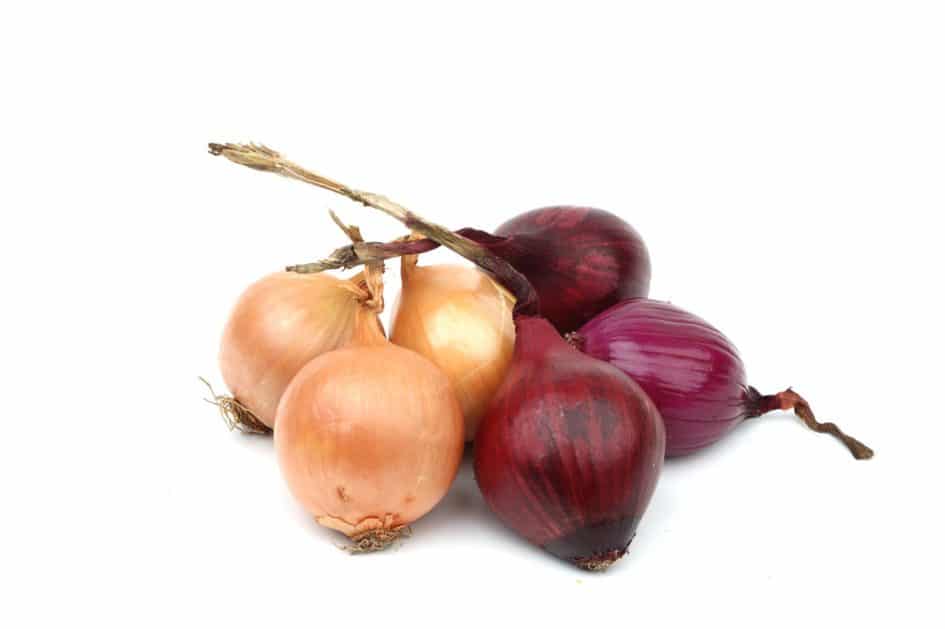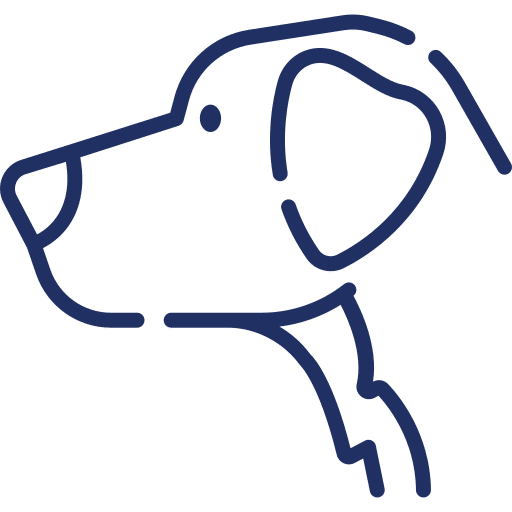

Can Dogs Eat Onions? All You Need To Know
Generally, onions are a staple in our food as they truly elevate the flavor of a dish, but can dogs eat onions? To put it simply, they can’t. Onions are of the riskiest foods for your canine companion. Here’s why.
As a pet owner, you probably often face the temptation to share your food with your dog, and while some foods are perfectly safe for your furry buddy, there are a few that are really dangerous for them.
One of those dangerous foods includes onions.
Generally, onions are a staple in our food as they truly elevate the flavor of a dish, but can dogs eat onions?
Well, to put it simply, they can’t. Onions are of the riskiest foods for your canine companion
As a pet owner, you probably often face the temptation to share your food with your dog, and while some foods are perfectly safe for your furry buddy, there are a few that are really dangerous for them.
One of those dangerous foods includes onions.
Generally, onions are a staple in our food as they truly elevate the flavor of a dish, but can dogs eat onions?
Well, to put it simply, they can’t. Onions are of the riskiest foods for your canine companion
Why Onions Are Bad for Dogs
The main reason why onions are so bad for dogs is that they contain a toxic chemical called N-propyl disulfide. This is a harmful sulfur compound that causes oxidative damage by attaching to the oxygen molecules present in a dog’s red blood cells.
If your pet ends up consuming too much onion, it can inflict serious damage on its red blood cells, which can possibly lead to a serious medical condition called hemolytic anemia.
Basically, what happens is that when N-propyl disulfide attaches to the red blood cells, it prevents the proper flow of oxygen in your furry friend’s body. This tricks the body into believing that its own red blood cells are harmful because of which the body begins to attach the cells, a process known as hemolysis.
How Many Onions Are Considered Dangerous for Dogs?
The truth here is that it doesn’t take a lot for onions to poison our canine companions. Onion toxicity occurs in dogs when they consume more than 0.5% of their body weight of onions in one go.
Even a very little amount of onion is dangerous for dogs and the smaller your dog, the higher the risk involved.
So, for instance, if you have a 10-pound pet Chihuahua, even a little bit of onion can result in lethal health symptoms and issues.
Symptoms of Onion Toxicity In Dogs
If your dog accidentally ends up eating onions, it is important for you to know how to handle the resulting onion toxicity.
Here are a few symptoms of onion toxicity to watch out for:
- Decreased appetite
- Lethargy
- Reddish urine
- Fatigue and weakness
- Pale gums
- Tendency to faint
- Panting
- Elevated heart rate
- Vomiting
How to Handle Onion Toxicity In Dogs
If you think your dog has eaten onions and is displaying the above-mentioned symptoms, the best to do is to take it to the vet immediately.
It is imperative to seek immediate veterinary care in order to prevent any serious issues from occurring.
The vet will evaluate your dog and diagnose its condition based on the symptoms shown by your pet as well as its blood work. In case they detect hemolytic anemia in your dog with the help of a microscopic test, the vet will use a variety of treatment methods in order to stabilize the health and condition of your dog and restore it completely.
This is done through a number of ways, such as:
- The vet might flush your pet’s stomach to remove the toxin present in the onion.
- Induced vomiting is another way to get the toxin out of your pet’s system.
- The vet may use activated charcoal to absorb all the traces of the toxin from your dog’s gut.
- Intravenous fluids may be given to your pet to not only flush its bloodstream but also to keep it hydrated.
- In case the onion toxicity is extremely severe, the vet may have to resort to a full blood transfusion and oxygen supplementation to remove the toxin from its body.
It all comes down to taking immediate measures and reacting to such a situation promptly.
The earlier your dog receives veterinary care, the better it is for its health. If you even think that your dog might have eaten raw onions, or perhaps, any food containing onions without being sure, make sure to act quickly. Time is of the essence here, and it’s always better to be safe than sorry.
How to Prevent Onion Toxicity In Dogs
Well, the first and the most important thing that you can do here is to never allow your dog to even be near onions, let alone eat them.
We all have onions in the kitchen given how it’s such an important culinary staple, so make sure that you keep it away and out of your dog’s reach.
This doesn’t only apply to onions, but all onion-containing foods as well.
If you are feeding your dog any human food that you prepare at home, first make sure to check the ingredients and ensure that the food doesn’t contain onions or any other kind of food that is harmful to dogs.
When preparing a meal in the kitchen, it is best to keep your dog out at all times because it’s possible that you accidentally drop it on the floor and your dog ends up eating it.
Other Vegetables That Are Toxic to Dogs
In addition to onions, there are many other vegetables as well that are toxic to dogs. These include the following:
- Mushrooms
- Avocados
- Unripe tomatoes
- Garlic
- Broccoli
- Potatoes
Final Word
Onion toxicity is real and very dangerous for dogs.
As a pet owner, you need to be alert and careful at all time especially in terms of what your dog puts in its mouth because it’s not just onions that are harmful for your pet, but many other things as well.
Keep all risky foods away and out of your pet’s reach. In case you have onions growing in your garden, take the necessary precautions to prevent your dog from going anywhere near it.
Lastly, even if an accident does occur, take your pet to the vet immediately and look out for possible signs and symptoms of onion toxicity. It is important to remember here that onions and other related Allium species can poison your dog so you must ensure safety for both you and your furry buddy.
Discover how to create a joyful, healthy home for your pet.
Subscribe to your weekly rundown of practice, real life ideas and training tips straight to your inbox.


